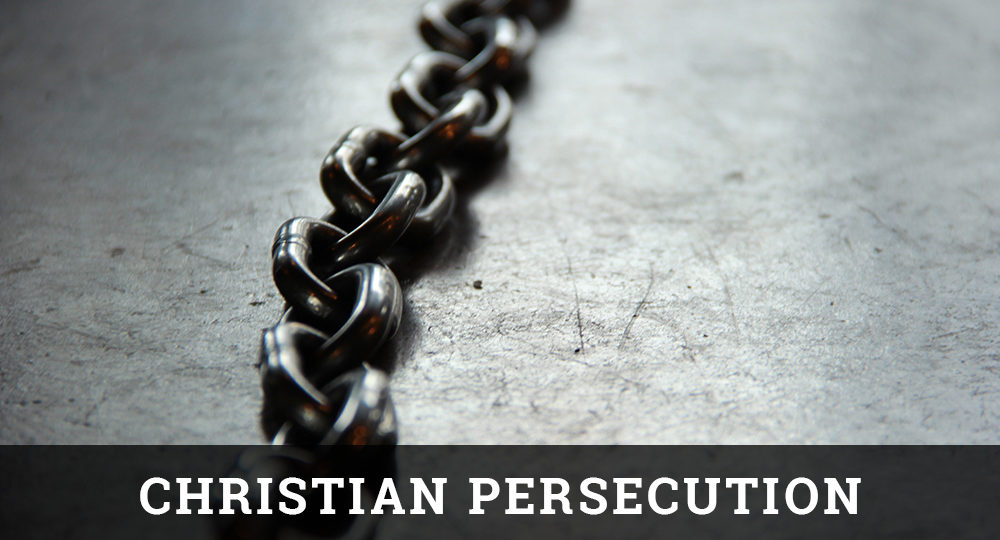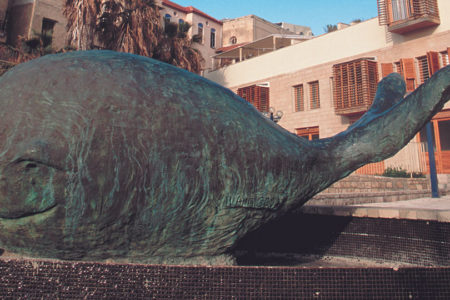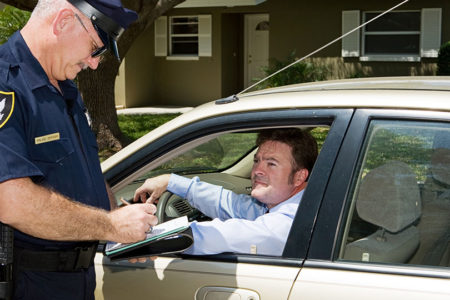They Cry in Silence May/Jun 2003
In his book, Their Blood Cries Out, author Paul Marshall shared this observation:
Years ago, I drove up Bathhurst Street on my way to work in Toronto. I would pass synagogues of varying strictness, but each had a sign for the passing cars, “Remember Soviet Jews.” I did remember, since I was reminded every working day. Christians too need to be remembered. Where are the signs on the churches?1
Where are the signs indeed? Jewish people remembered and fought for the freedom of persecuted Jewry in Russia until the wall came down and the floodgates to freedom opened.
Placing “Remember Persecuted Christians” signs in front of our churches may unsettle a few squeamish believers as they prepare for an uplifting time of morning worship, but it is clearly time for us to become “unsettled” about the lot of thousands of fellow believers beyond our shores. Killing innocent Christians is the new blood sport of choice in a growing number of countries, and the line of martyrs lengthens with every passing day.
On a morning early last March, Bill Hyde, 59, a twenty-four-year veteran missionary to the Philippines, went to the airport in Davao City to pick up a missionary family returning from a trip abroad. While he was huddled in a shelter outside the airport waiting for a downpour to pass, an explosion ripped through the shelter, killing Bill Hyde and twenty other victims. Nearly 150 others were wounded, many of them seriously. Among the wounded were Barbara Stevens, wife of missionary Mark Stevens, and their ten-month-old son, Nathan, who suffered a deep shrapnel wound to his liver.
“Bill was the type of person who had a passion for going out to the hard-to-reach places to train Filipinos to start churches,” said former missionary Don Phelps. “His conviction was great and there was no place beyond the reach of God’s Spirit—and Bill’s truck!”
No doubt the Muslim fanatics who killed this soul-loving servant of God rejoice to have done so. But in the end, they only succeeded in depriving their own people of someone who cared more about them, their eternal destiny, and personal well-being than the killers themselves.
In Israel the fourteen-year-old daughter of an American Baptist couple recently boarded Egged bus number 37 for the trip home from her school in Haifa. That particular bus was filled with children, young students, and Israeli soldiers. At 2:17 P.M. a twenty-year-old Hamas suicide bomber sitting in the back of the bus detonated his explosives belt and set off a blast heard for miles. Among the fifteen victims who perished immediately (two more have died since) was the fourteen-year-old girl, who had never handled a gun, threw a grenade, or shouted hate-filled slogans at Palestinian children. She was just going home from school. Stepping aboard that bus ended her life and changed her parents’ lives forever.
Much could be said about the seemingly mindless insanity that stakes out the innocent for murder and mutilation. It is a sickening manifestation of the world we live in. But that is not really the objective of this article. Our objective is to drive home the question that Paul Marshall asked himself on Bathhurst Street in Toronto: “Where are the signs on the churches?”
Where are they, indeed?
ENDNOTE
- Paul Marshall with Lela Gilbert, Their Blood Cries Out, Word Publishing, Dallas, 1997, p. 222.







